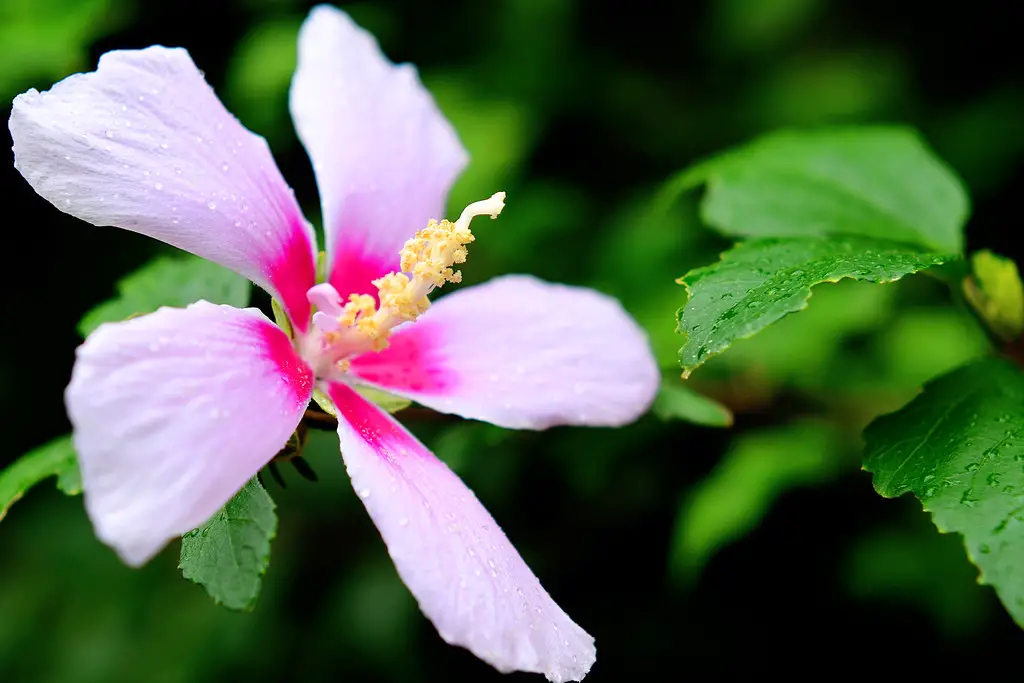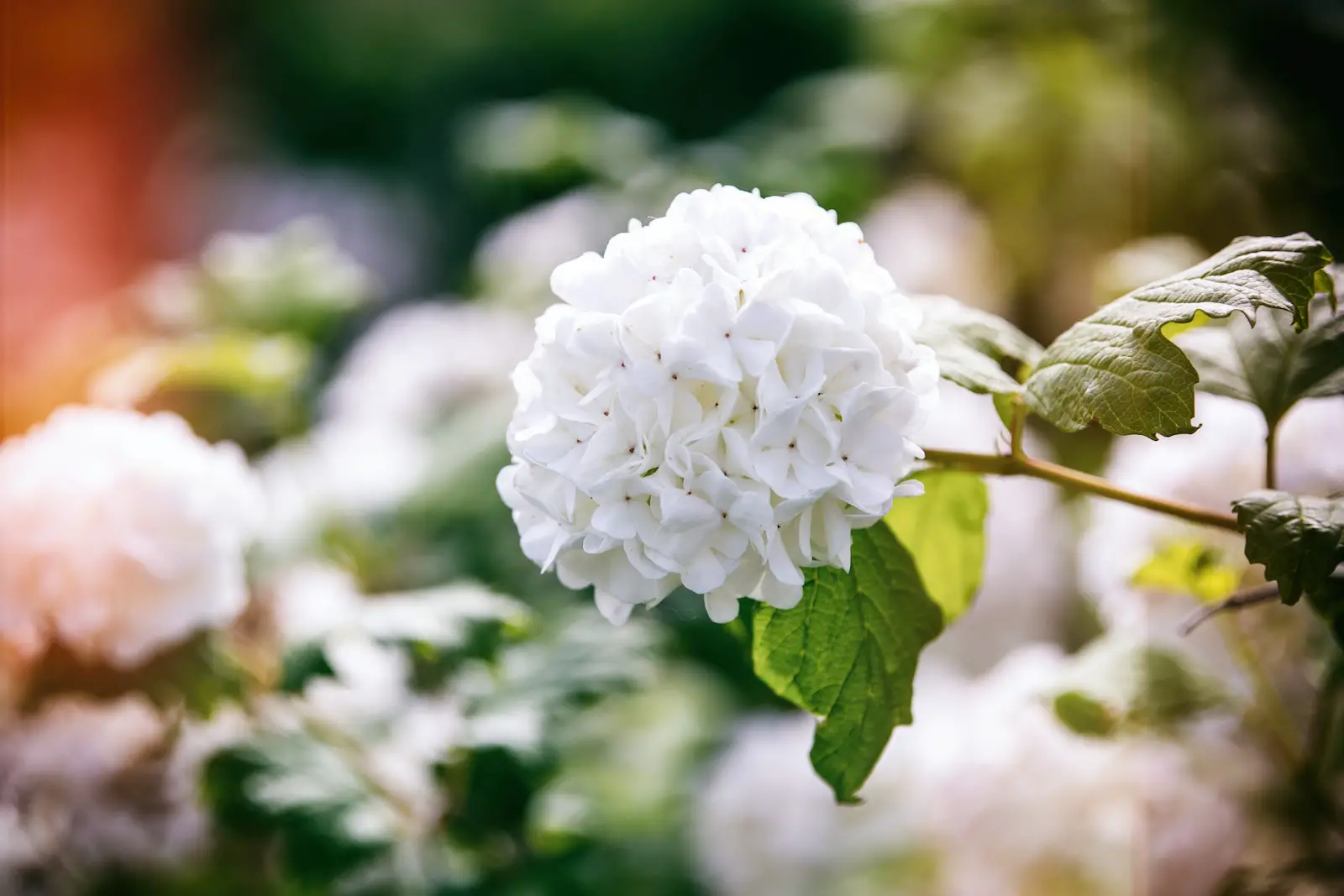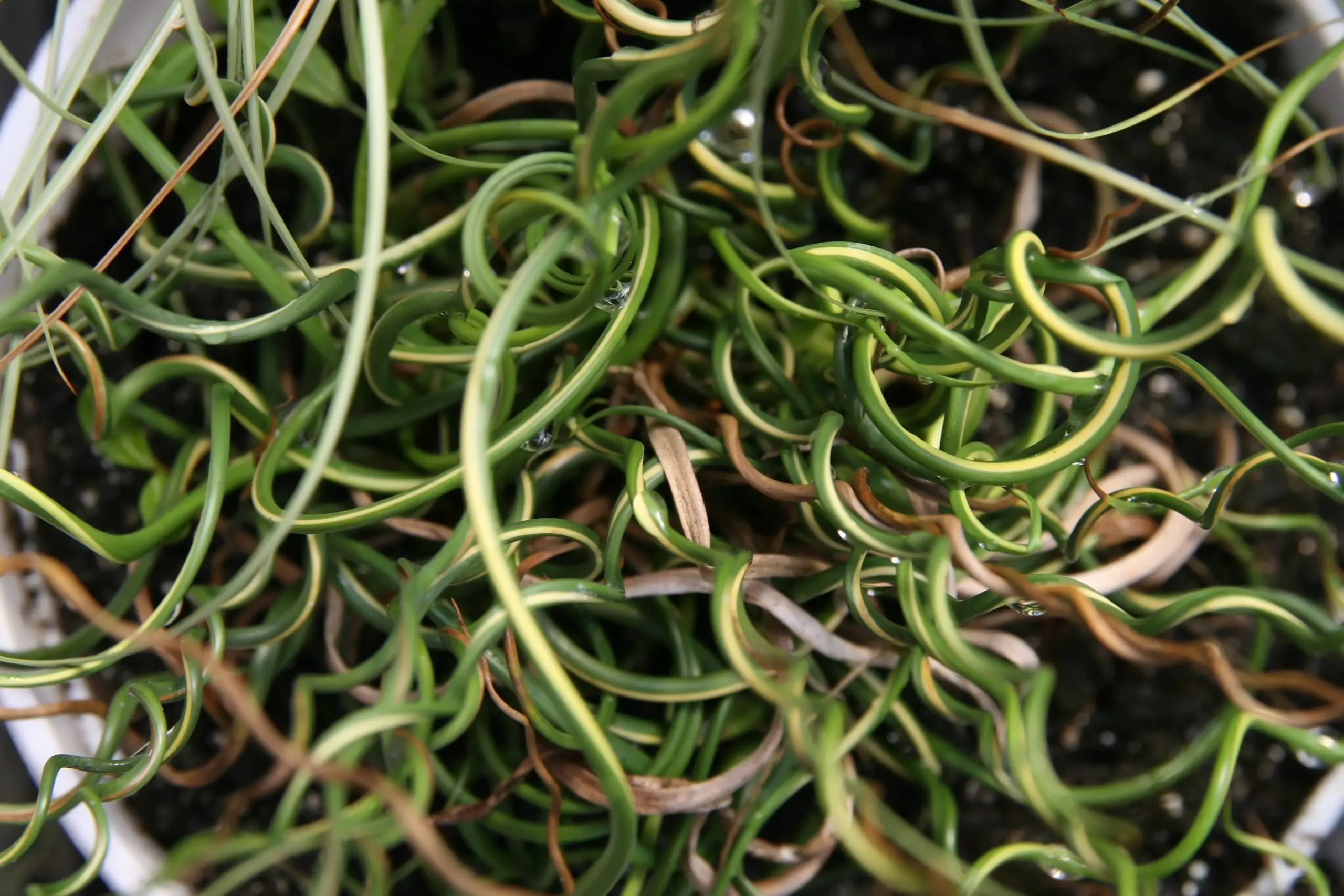Supertunias have made a significant mark in the world of gardening, standing out among the vast array of petunias available in the market. They are a type of petunia hybridized for superior flowering, mounding and trailing growth habits, and resistance to most of the common petunia ailments. These traits make Supertunias a favorite among both amateur gardeners and professional landscapers. They burst into vibrant colors throughout the growing season, from early spring to the first frost, providing an almost non-stop display.
Distinguished from their traditional counterparts, Supertunias are known for their self-cleaning nature, meaning spent blooms don’t need to be manually removed to encourage new flowers. Their vigorous growth habit makes them perfect for containers, hanging baskets, and as ground covers. With the right care, these plants can transform any garden space into a riot of color.
The introduction of Supertunias to the gardening world offers a solution to those who love petunias but desire a more low-maintenance and high-performance version. Whether you’re looking to add a pop of color to a balcony or a sprawling garden, these plants are sure to impress.
| Aspect | Details |
|---|---|
| Common Names | Supertunia |
| Botanical Name | Petunia hybrid ‘Supertunia |
| Family | Solanaceae |
| Plant Type | Annual |
| Mature Size | 6-12 inches tall, trails up to 2 feet |
| Sun Exposure | Full sun |
| Soil Type | Well-draining potting mix |
| Hardiness Zones | 10-11 (typically grown as an annual in most regions) |
| Native Area | Cultivar; original petunias native to South America |
Supertunia Care
Supertunias, while relatively easy to care for, do have certain requirements that ensure they remain vibrant and healthy throughout their growing season. Providing them with the right conditions and timely care will ensure a stunning floral display.
Selecting the right location is crucial. A spot that gets at least 6-8 hours of direct sunlight is ideal. Although they are known for their drought tolerance once established, they still appreciate regular watering, especially during dry spells. Ensure that the soil or potting mix you use is well-draining to prevent root rot.
Light Requirement for Supertunia
Supertunias thrive in full sun. For the most vibrant blooms and healthiest plants, ensure they receive at least 6-8 hours of direct sunlight daily. While they can tolerate some light shade, too little sunlight can reduce their flowering and make the plants leggy.
Soil Requirements for Supertunia
Opt for a high-quality, well-draining potting mix for Supertunias. This ensures that the roots get the right balance of moisture and aeration. If planting in garden beds, ensure the soil is well-amended with compost or other organic matter.
Water Requirements for Supertunia
Water regularly, allowing the soil to dry out slightly between waterings. Overwatering or letting Supertunias sit in water can lead to root rot. In containers, ensure pots have good drainage holes.
Temperature and Humidity
Supertunias prefer warm temperatures but can tolerate cooler ones, especially in the evening. They can handle varying levels of humidity, but it’s essential to ensure that their soil doesn’t stay soggy in very humid conditions.
Fertilizer
A slow-release granular fertilizer at planting time, followed by regular applications of a water-soluble fertilizer, will keep Supertunias blooming vigorously. They are heavy feeders, so consistent nutrition is key.
Pruning Supertunia
While Supertunias are self-cleaning, occasional pruning can help rejuvenate the plant and encourage bushier growth. If the plants become leggy or sparse, cut them back by up to half to promote new growth and blooms.
Propagating Supertunia
Supertunias are patented plants, meaning propagation for commercial sale is prohibited. However, for personal use, they can be propagated through cuttings.
How To Grow Supertunia From Seed
Supertunias are generally not grown from seed by home gardeners, as the seeds for specific varieties might not be readily available. Instead, they’re often purchased as young plants or propagated through cuttings.
Common Pests & Plant Diseases
Aphids
Small insects that can be controlled with insecticidal soap or neem oil.
Botrytis
A fungal disease that can be managed with proper spacing and pruning to ensure good air circulation.
Common Problems With Supertunia
Leggy Growth
Usually due to insufficient light. Ensure they receive enough sunlight or consider trimming them back.
Wilting
Caused by both underwatering and overwatering. Check soil moisture levels and adjust watering accordingly.
Yellowing Leaves
Often a sign of overwatering, poor drainage, or a nutrient deficiency. Ensure proper watering habits and consider fertilizing.
Pro Tips
- Use Supertunias as spillers in container arrangements for a cascading effect.
- Mix Supertunias with other annuals for diverse textures and colors in your garden beds or containers.
- Avoid watering the foliage to reduce the risk of fungal diseases.
- For a prolonged bloom period, ensure consistent fertilization throughout the growing season.
- Deadheading isn’t necessary, but pruning can boost its appearance and performance.


